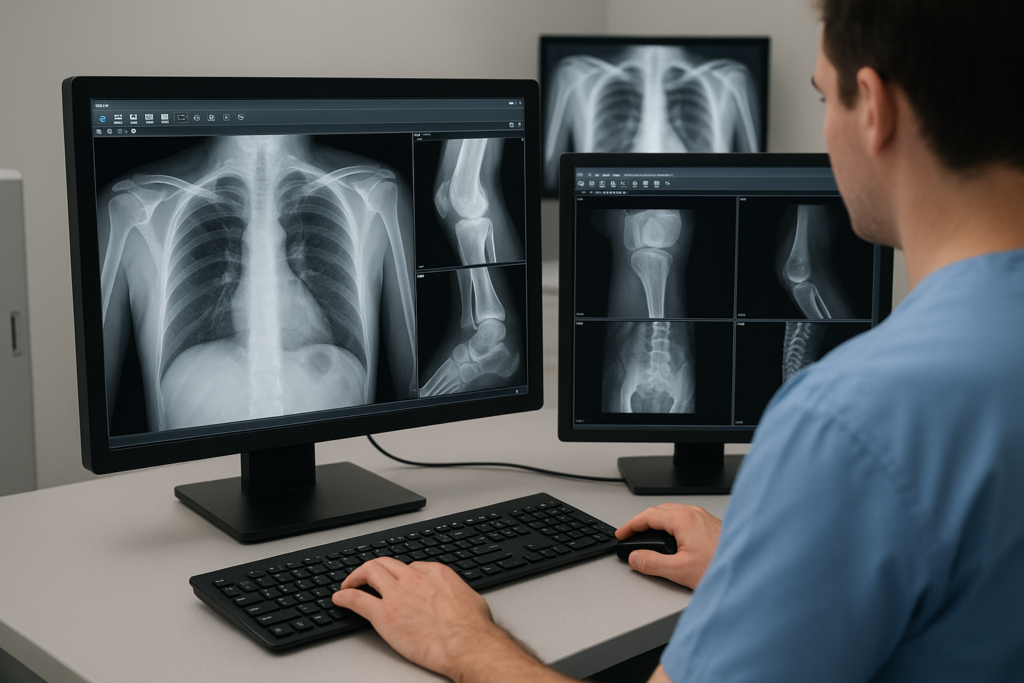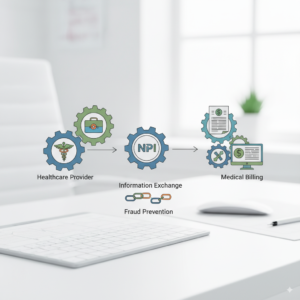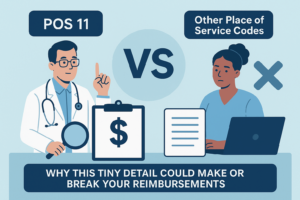Whenever you go to the hospital for an X-ray, MRI, CT scan, or ultrasound, you never think about what happens to those images after the technician finishes. You get your results and the doctor explains them.
But what’s happened behind the scenes?
There are some systems that store, organize, and share those images so your healthcare providers can see your medical condition and make fast and right decisions. This system is called PACS, which stands for Picture Archiving and Communication System. Radiologists must be familiar with PACS but you may hear this for the first time. So let’s understand what PACS does and how it’s helpful in medicine.
What is PACS?
PACS, also known as Picture Archiving and Communication System, is considered a digital library for medical images. It stores everything from your chest X-rays to full-body MRI scans in a digital format. The major advantage of PACS is that the radiologists can access those images instantly, even if they’re on the other side of the country.
That time has passed now when shelves are stacked with film sheets that could get lost, damaged, or take hours to retrieve.
Not only this but with the help of PACS, a radiologist can pull up your scan on a computer screen, zoom in, adjust contrast, compare it with older images, and even share it securely with other specialists within seconds.
A Quick Bit of History: Life Before PACS
If we talk about the previous time in the 1980s and in the 1990s, then everything in radiology was done on film. Radiology departments were basically part medical lab, part photography studio. At that time, if a doctor recommended a CT scan, the first step was a film creation where a scan would be processed, then that film would be filed in huge storage rooms, often taking up entire floors of hospitals. And if a specialist needed to see your scan, the film had to be physically delivered by hand, by mail, or even by courier service. That was also a risk of loss or damage as if the film got scratched, bent, or faded, the image quality could be compromised forever. That way was totally inefficient and also wasn’t instant. But after the PACS, all of the things become more efficient.
How PACS Works
PACS is made up of four main components:
- Imaging Modalities – These are the machines that actually create the images, like X-ray machines, MRI scanners, CT scanners, or ultrasounds.
- Secure Network – Once an image is taken, it’s sent through a secure digital network to the PACS server.
- PACS Server & Archive – This is the major component of the system. It stores the images in a structured way so they can be retrieved anytime.
- Workstations & Viewing Software – Radiologists and doctors can also use specialized computers to access, view, and interpret the images.
When a scan is taken, it’s converted into a DICOM format which is a Digital Imaging and Communications in Medicine. This universal standard ensures all the images received from different machines and manufacturers can be stored, read, and shared without compatibility headaches.
Why PACS Is Helpful in Healthcare
You see the difference between a traditional CT scan and a PACS system. It’s all about better, faster, and more accurate healthcare. That’s why PACS have become a necessary part of healthcare.
Instant Access
Now doctors don’t need to wait for a film to be developed or delivered. A doctor can review your scan within minutes of it being taken.
Easy Sharing
If doctors need a second opinion from a specialist across the country, then PACS makes it possible in a few clicks without mailing bulky film envelopes.
Side-by-Side Comparisons
Radiologists can compare today’s scan with one from last year instantly and can find subtle changes that might otherwise be missed.
Space & Cost Savings
Hospitals save on physical storage space, film costs, and manual labor for filing and retrieving images.
Image Enhancement
Digital images can be zoomed in, brightened, or contrast-adjusted and this thing you can’t do with film. It helps specialists with more accurate diagnoses.
Multiple Fields
PACS is not only useful for radiologists but it is also helpful in other medical fields like dermatology, cardiology, nuclear medicine imaging, oncology, and pathology.
PACS vs. RIS vs. HIS — What’s the Difference?
Healthcare IT is full of acronyms, so it’s easy to get confused. PACS works hand-in-hand with other systems:
- RIS (Radiology Information System) – It manages patient scheduling, tracking, and reports for radiology departments.
- HIS (Hospital Information System) – The overall system for managing a hospital’s administrative and clinical data.
RIS and HIS are considered the brains for patient records and workflow, while PACS is the visual library.
The Different Flavors of PACS
If you think all the hospitals use the same PACS system, then you are wrong here. PACS setups are different. Hospitals and clinics choose different models based on different factors like their size, budget, and needs:
- On-Premises PACS – Here, the servers are kept in-house. This gives full control but requires significant IT resources.
- Cloud-Based PACS – Images are stored on secure cloud servers. This setup makes it easier for smaller practices or multi-location providers.
- Hybrid PACS – It is a mix of local and cloud storage and provides a balance between control and accessibility.
The Role of PACS in Telemedicine
With the advancement of technology in each field, telemedicine is also growing fast. That’s why PACS has become an even more critical part of telemedicine. Patients can now get imaging done at one facility, and a specialist hundreds of miles away can review it almost instantly. This is also very important for those who live in rural or underserved areas, where local access to top-tier specialists is limited. This also enhances collaborative diagnosis and treatment planning.
Security & Privacy: How PACS Protects Your Data
As you can see, PACS stores sensitive medical images. That’s why security is a very critical feature. The system must comply with HIPAA (Health Insurance Portability and Accountability Act) in the U.S., which ensures patient data is encrypted, access is controlled, and audit trails are kept for every action.
Remember that PACS is not a public gallery that displays your MRI on the internet. It’s fully protected, and its access is restricted only to authorized medical professionals.
Challenges with PACS
You can’t say PACS is perfect because there are some challenges you’ll face with PACS, including:
- High initial cost for setup and equipment.
- Training requirements for staff.
- Data migration headaches when upgrading or switching systems.
- Cybersecurity risks exist if not properly maintained.
Still, most hospitals see the benefits far outweigh the challenges.
Final Thoughts
PACS is not a thing about which patients talk every day but it’s an essential part of healthcare that makes modern healthcare possible. It’s faster, more efficient, and more reliable than the old film-based systems, and with various setups, it’s only getting better day by day. With AI integration to improve images, different mobile apps are also expected in the future, through which doctors can review images from tablets or phones.







